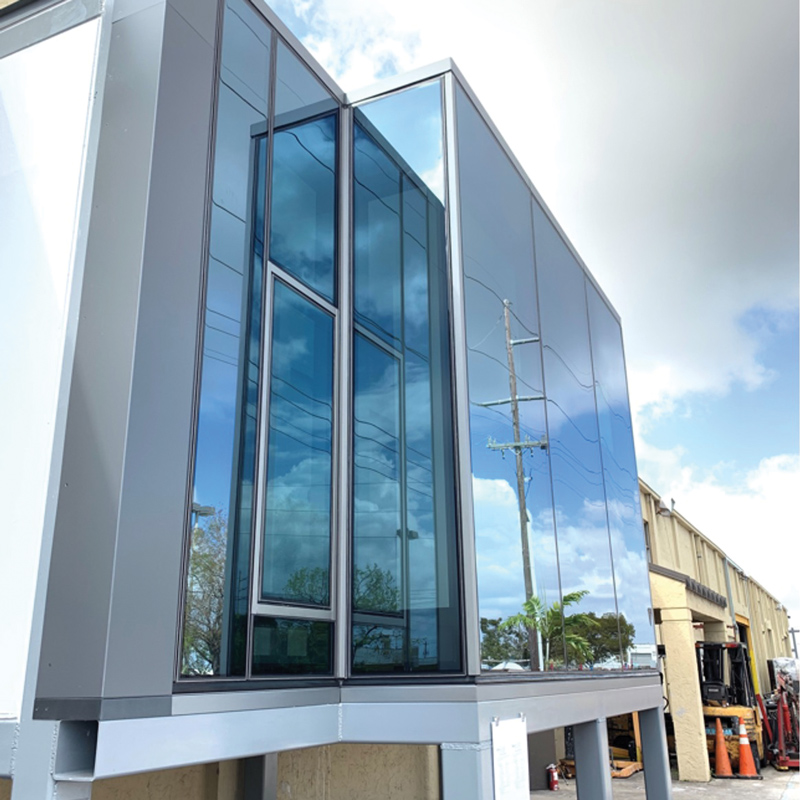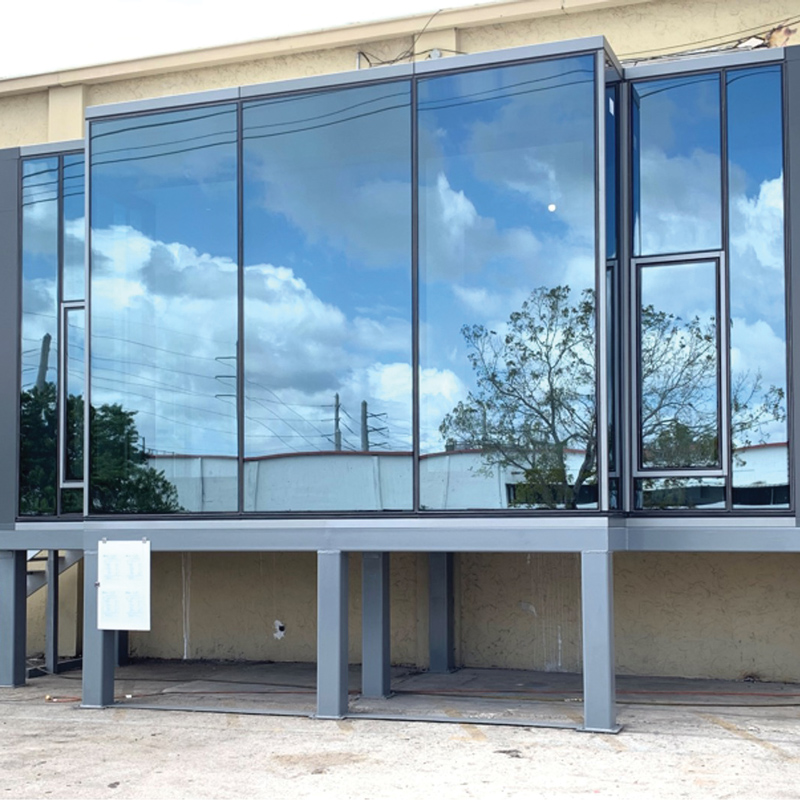
Written by Michael Signorile, Exterior Envelope Supervisor, Pavarini McGovern
As project schedules become more and more ambitious, our project delivery methods must continue to evolve. One way to achieve these expedited schedules is to leverage a design-assist approach.
What is design-assist?
The design-assist delivery method is a collaborative process where contractors, subcontractors, and designers work together early in the design phase to enhance the project’s efficiency and outcome. By integrating the expertise of each project team member early, the team is able to optimize the design, ensure constructability, and address potential issues before construction begins.
A design-assist process is usually implemented for complex scope items which need subcontractor input early on. For example, the architectural drawings for a unitized curtain wall could show partially detailed elements which only convey design intent. This information is used as a starting point for the awarded contractor to develop. This is truly a performance-driven approach to developing the system without compromising the design.
Does design-assist mean additional costs?
During the initial tender phase, PMG requests proposal details, value engineering alternatives (which could be explored in the design-assist phase), and redlined drawings/specifications depicting scope inclusions and qualifications. The design-assist phase remains cost neutral. The scope and contract clearly outline the level of completeness with the design, and ensure the contractor is responsible for the completion of the design. This includes any scope, means and methods, and overall system detailing which may not be shown is accounted for prior to the start of the design-assist. This helps the contractor avoid potential scope creep. Then, PMG will work with the subcontractor to develop a design-assist roadmap with a cost tracker to ensure the cost remains neutral and implement the Quality Program. This consists of design review, coordination with additional subcontractors, logistics review, and installation phasing.
What are the benefits of engaging design-assist subcontractors?
- Early integration of valuable subcontractor input on logistics, constructability, and safety during design.
- Early design, detailing, and coordination of critical connection details (anchors and supports) with the structural steel subcontractor.
- More detailed information for supplemental trade packages (MEP, structural steel, interior finishes, waterproofing, etc.).
- Overall project schedule improvement via earlier design, engineering, mock-ups, procurement, fabrication, and mobilization to site; realizing an earlier weathertight building enables interior trade work to proceed.
Design-assist in action
LF Driscoll Healthcare recently joined forces with architect KPF to complete a design-assist program for the facade of a new biomedical research building in Manhattan. There was a strict budget which needed to be upheld during the design-assist program. For this reason, the exterior rainscreen cladding system was purchased as a UHPC (Ultra High-Performance Concrete) panel, but the client was open to exploring multiple material finishes which could retain a cost neutral design or potential savings. The joint venture between WW Glass (curtain wall contractor) and EDA (cladding contractor) prepared a series of options for the design team’s review, ranging from terracotta, metal panel, fiber cement, and UHPC. Samples were procured in multiple finishes and textures, with the goal of matching the client’s adjacent building. During this process, the client was able to significantly reduce the cost by utilizing alternate finishes and rationalizing sizes of the UHPC, an effort which all parties were satisfied with.
The goal at the end of a design assist process is to have an initial understanding of the baseline system details which will be further progressed into the shop drawing phase. The design-assist process will look to ensure that the systems being specified by the design team are acceptable and have the ability to perform as specified.
A collaborative approach to success
The collaborative nature of design-assist means better communication between all parties involved in the project. This integrated and collaborative approach, if executed efficiently, leads to a final product that meets or exceeds client expectations in terms of quality, cost, and schedule—resulting in overall project success.


